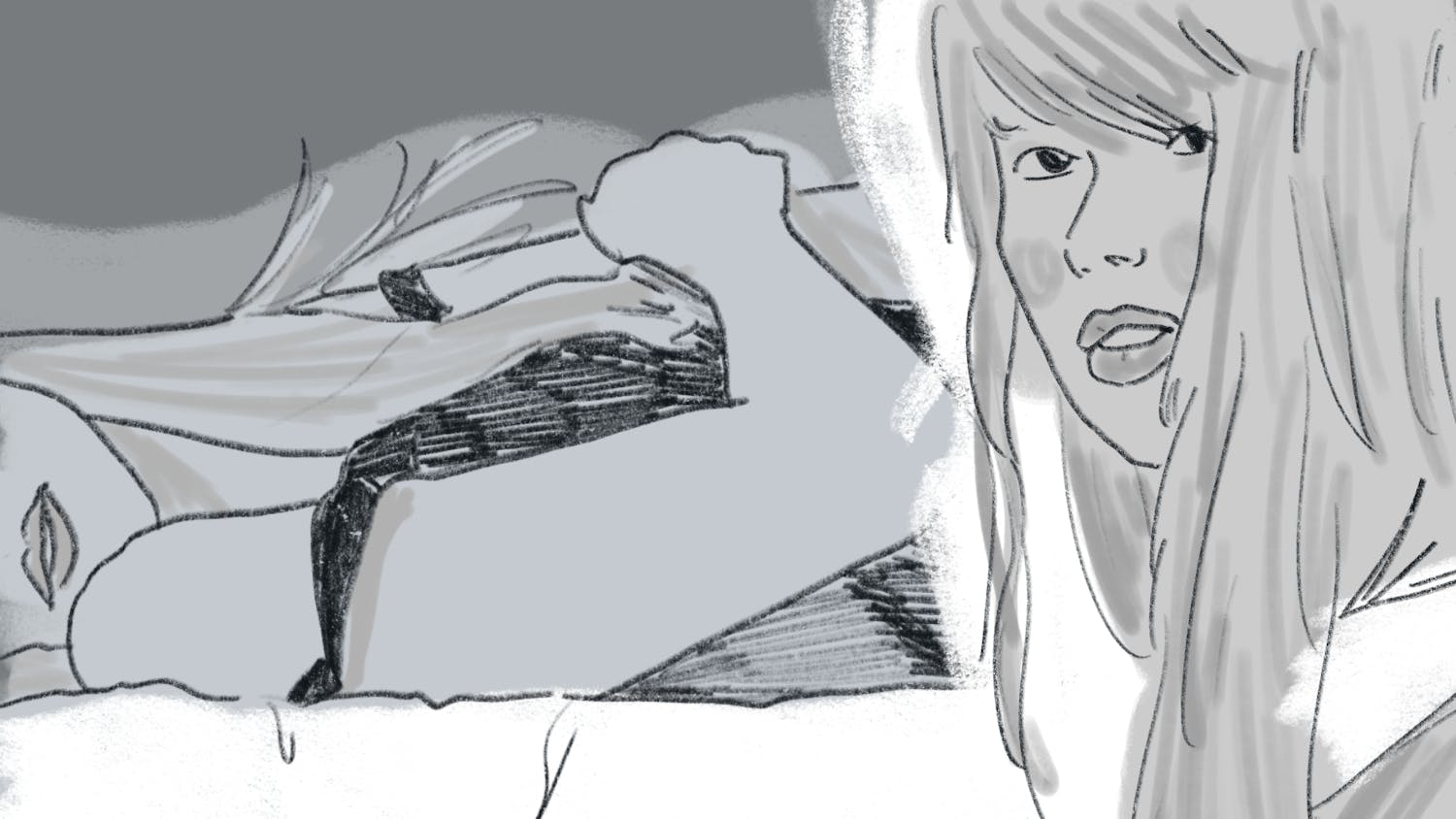Called "martial arts with an African beat" by Time Magazine, DanceBrazil has garnered a lot of attention for its unique brand of combative dance moves. The company combines Afro-Brazilian and modern North American dance with Afro-Brazilian music, and its specialty, the Capoeira, has historical ties that are as interesting as the dance itself.
The Capoeira was created by African slaves in the 16th century as an attempt to protest against slave-owners, and the movement eventually moved to Brazilian colonies. Attempting to secure freedom, the slaves practiced violent kicks and punches, but used music as accompaniment so their captors would think they were practicing a dance ritual.
The Capoeira is at the heart and soul of DanceBrazil, and it is the building block of most of the company's other pieces. The two works that the troupe will be bringing to Dartmouth will be the Camara ("comrade") and the Serra Pelada (bald mountain"), both of which are inspired by the Capoeira. Both dances are new for the company's 1997-98 schedule.
The Camara is an updated version of the Capoeira, tweaked slightly to relate to modern audiences. The Camara emphasizes the role of the berimbau, a bowed string-and-gourd instrument which slaves played while dancing the Capoeira. Scoring the piece will be veteran musician Tote Gira.
The second piece to be performed, the Serra Pelada, is a collaboration between artistic director for DanceBrazil Jelon Vieira and Brazilian composer/vocalist Caetano Veloso. The dance describes the abuse suffered by inhabitants of the Amazonas region of Brazil, who have been used to make Brazil one of the world's leading gold producers.
With both of these dances, Vieira is intent on keeping both the dance and the fight element of the Capoeira intact, and he is not letting his busy schedule sway him from his mission. After forming DanceBrazil in 1977, Vieira toured the world, taught classes in various universities and provided Capoeira lessons to stars such as soccer icon Pele, Eddie Murphy and a slew of others.
Despite his fame, Vieira's intent is still to bring the Capoeira to as wide of an audience as possible. He describes the Capoeira as a metaphor for life, noting that everything in the dance has a double meaning, and that nothing about it can be downplayed or ignored. The Camara and the Serra Pelada are the offsprings of this dance, remaining true to its spirit but forging their own identities nonetheless.
Besides trying to keep the Capoeira alive and relevant, one of the goals of DanceBrazil is to explore the links between the different cultures whose music and dance their work embodies. Boiling together aspects of African, North American and Brazilian culture in their performances, the group's dance echoes that of legends like Martha Graham and Katherine Dunham, who also studied art forms relevant to cultures other than their own and channeled it into their work. As the group gains a higher profile, perhaps they will have as much of an influence on modern dance as those innovators had on them.



